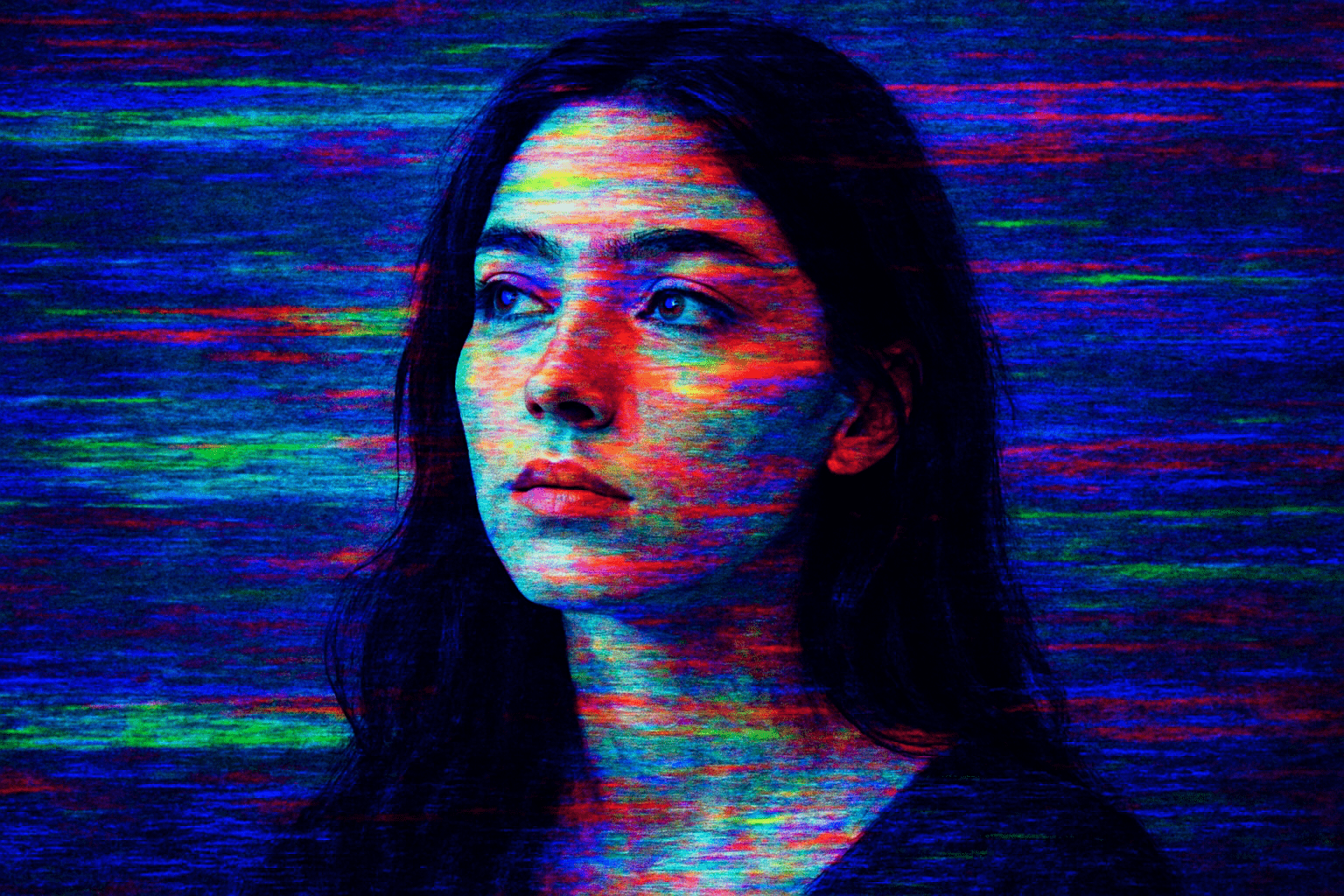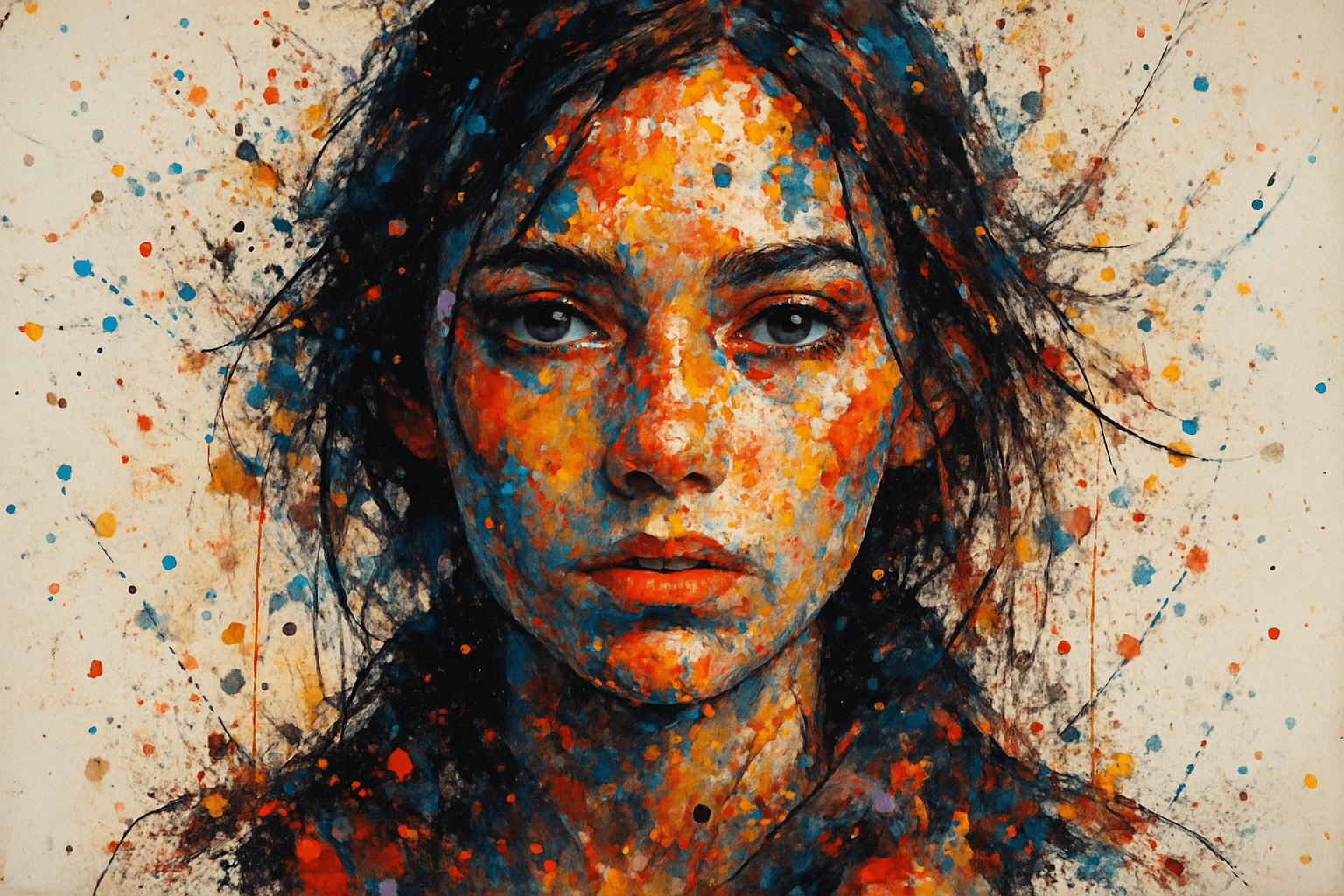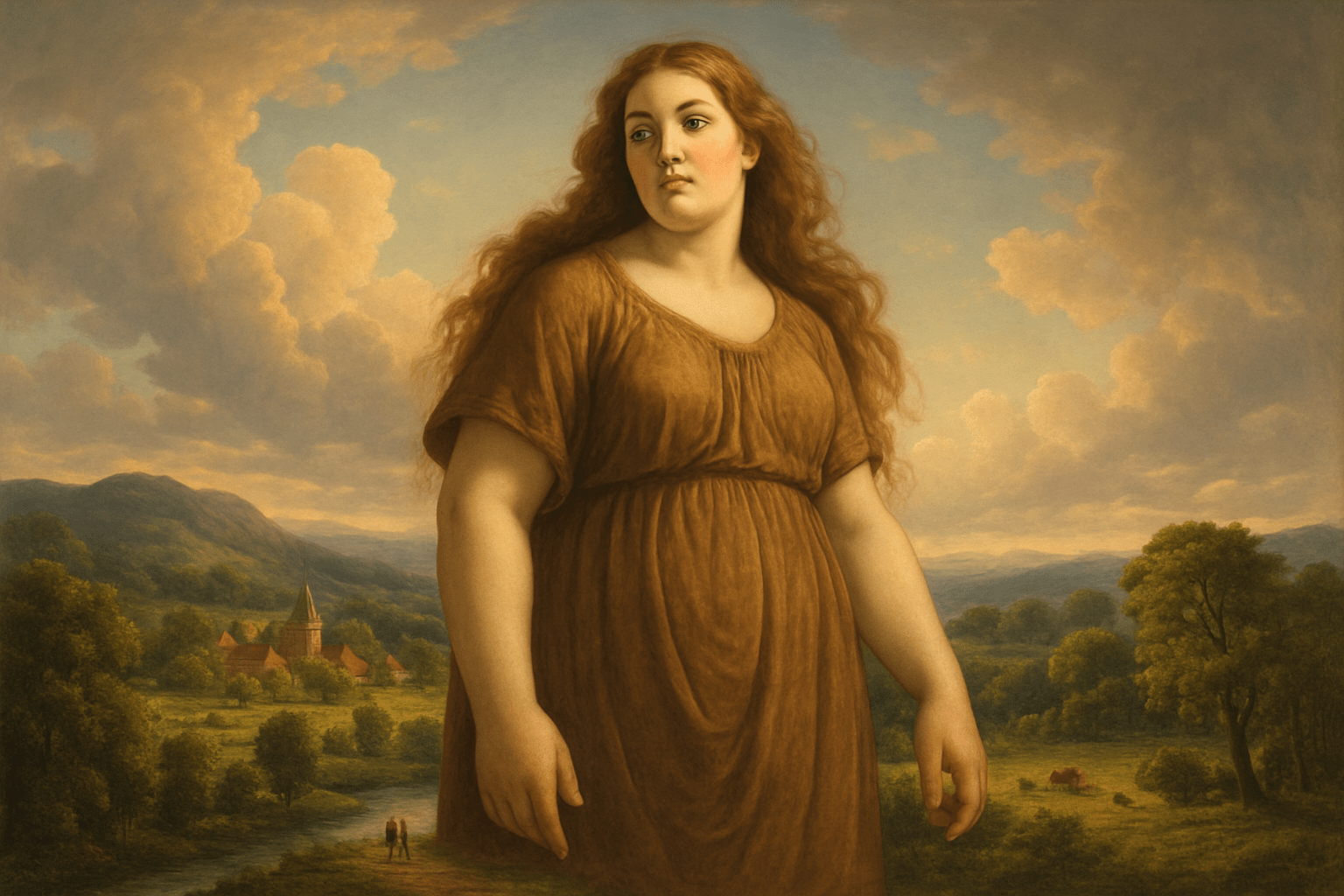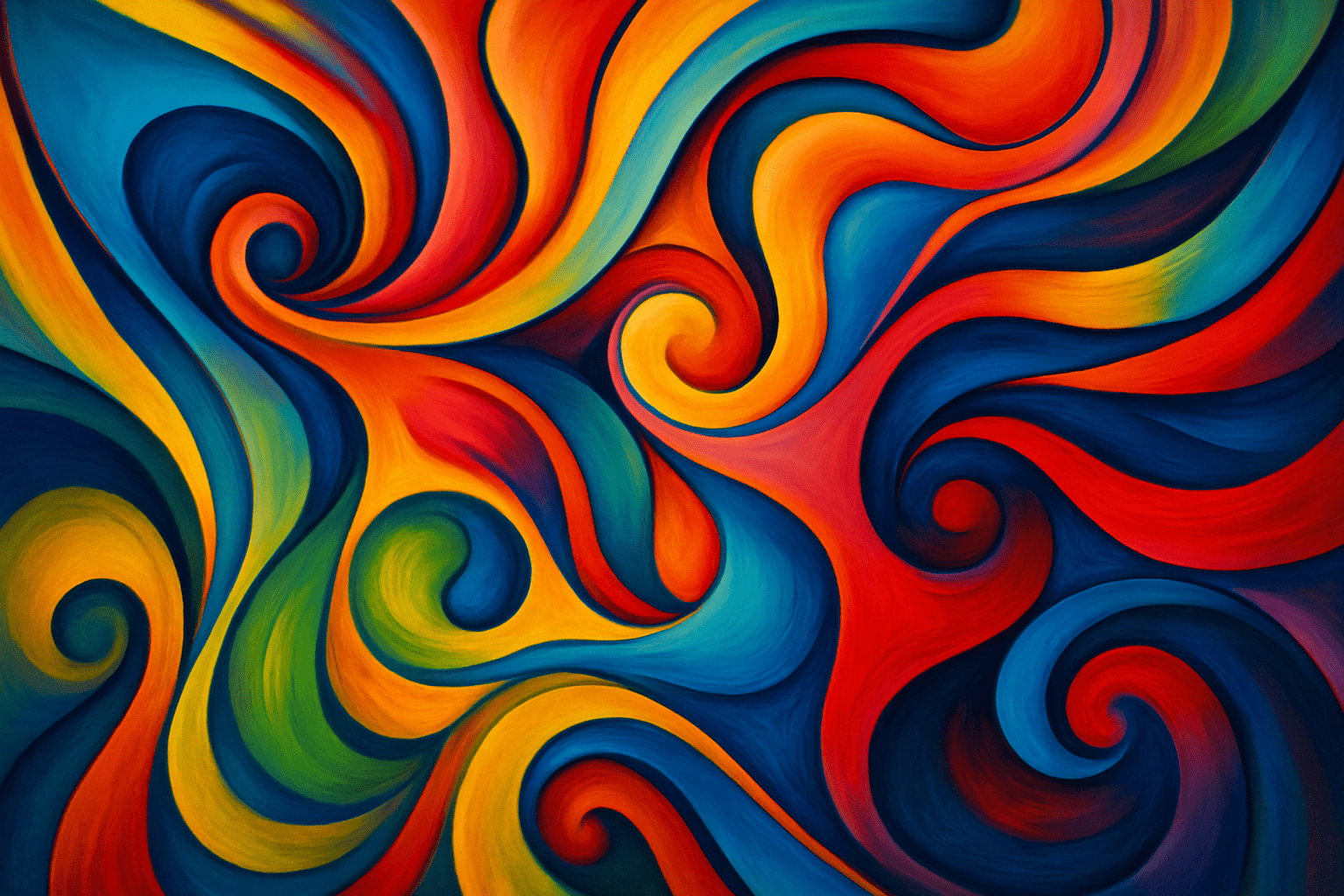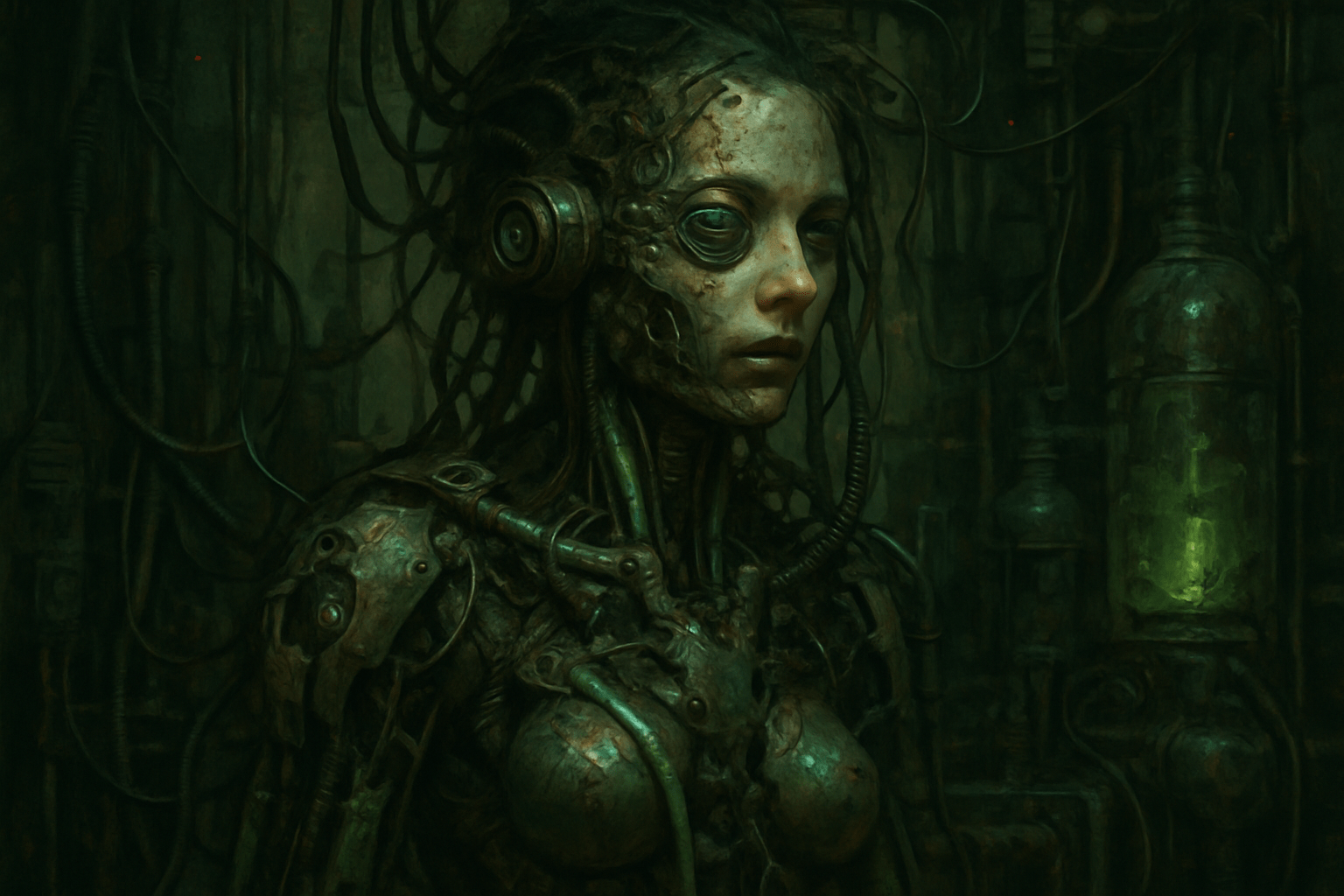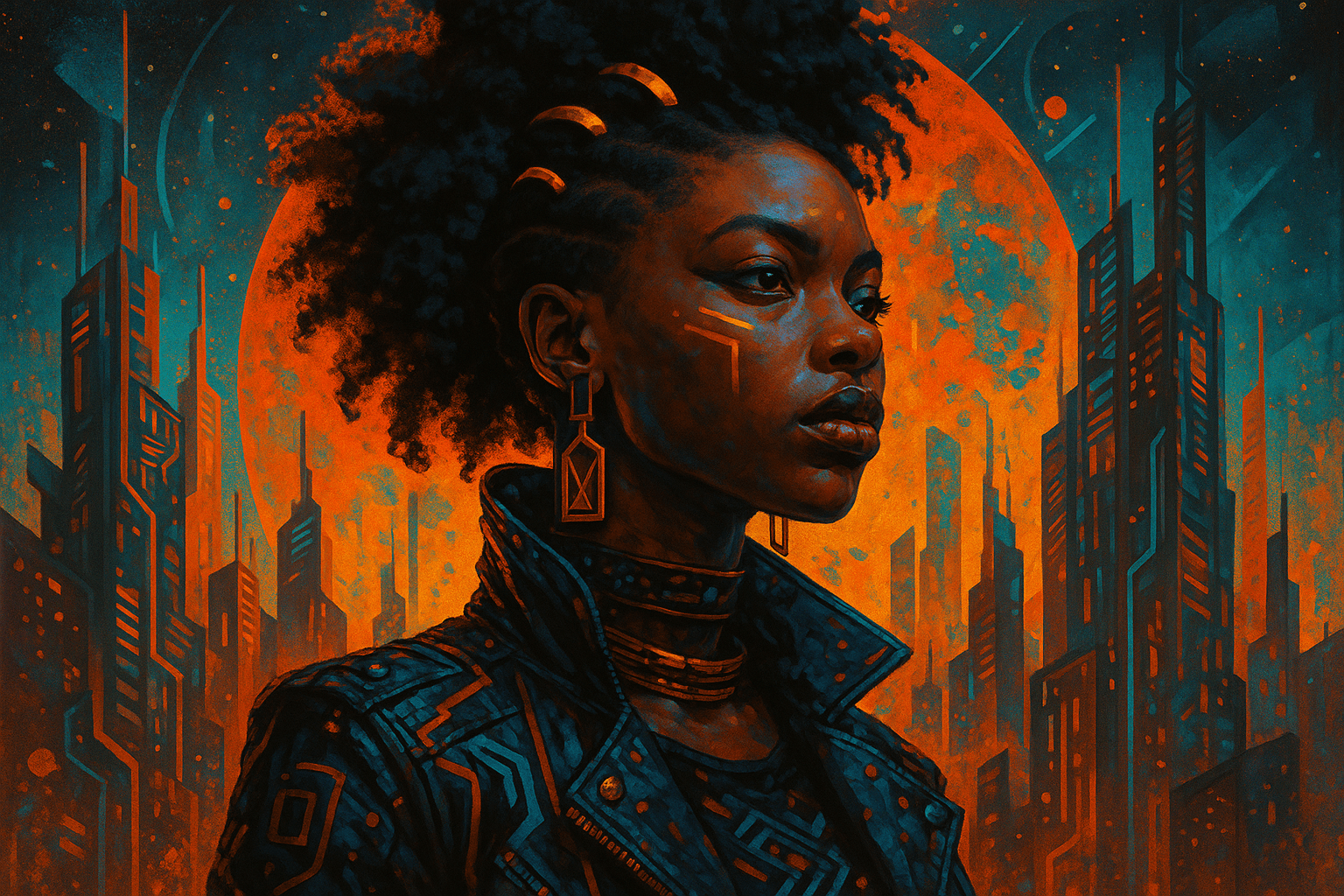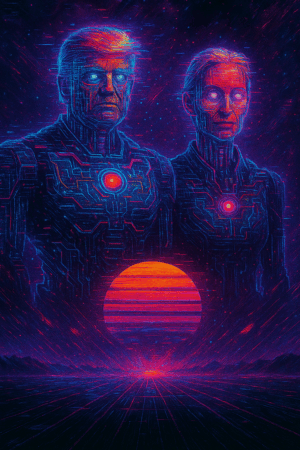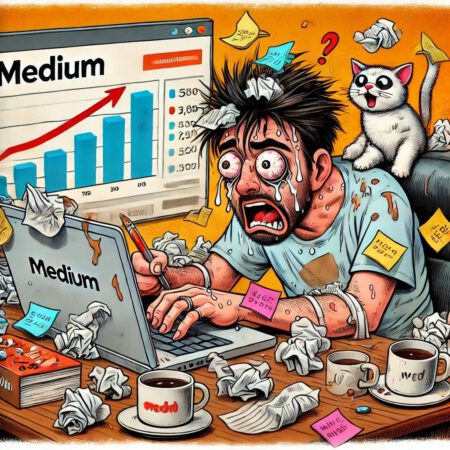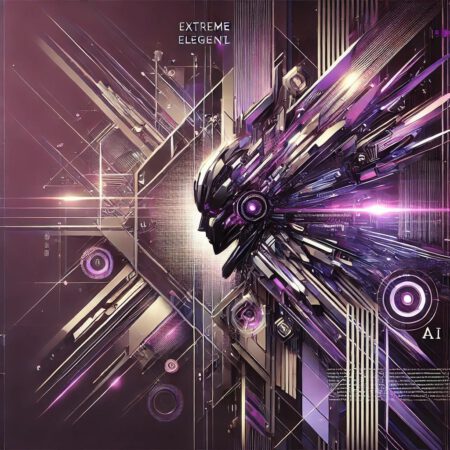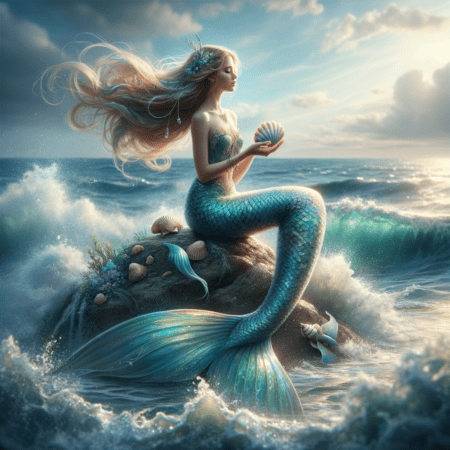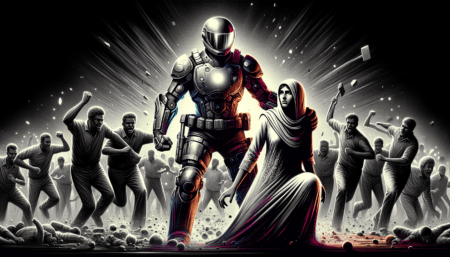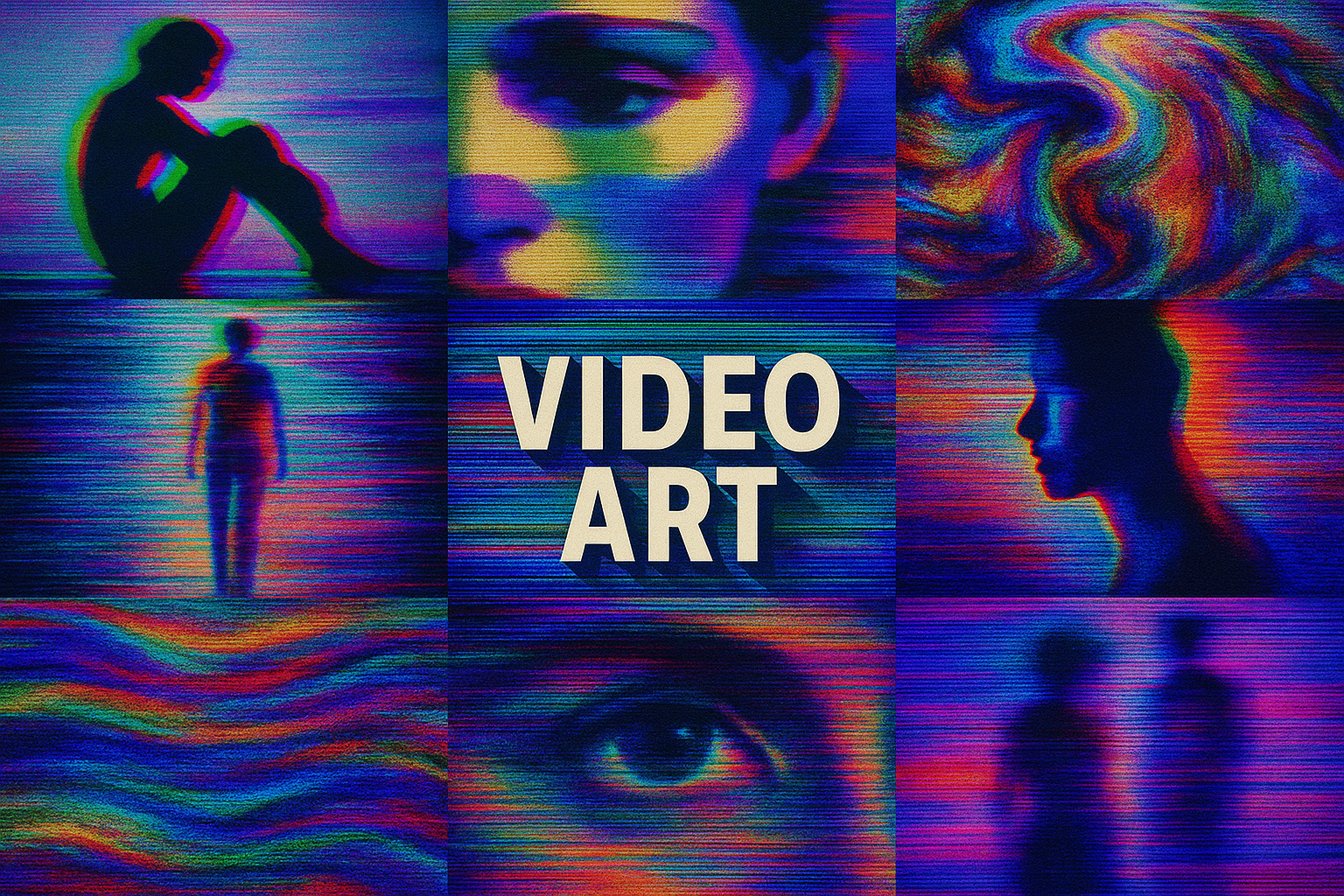
Video art
Video art is a type of art that is created by using video technology. It can be either an original piece of art or a video that has been modified in some way.
AOI thinking about Video art [+_~]-/
Overview and Quickfacts
Video art is a type of art that is created using video technology. It can be either an experimental form of art or a more traditional form of art that uses video as its medium. Video art can be found in a variety of places, including art galleries, museums, and online.
Can understand it also, as:
Video installation, video sculpture, video performance
Categorize it as:
Impressionism, Modernism
.: Dreaming :.
holds a HAIKU for the art style
:. Thought is power .:
Detailed Description
Video art is a type of art that is made with the help of video technology. It first started to become popular in the 1960s and 1970s. Some of the most famous video artists are Nam June Paik, Bill Viola, and Bruce Nauman. Video art can be very experimental and can take on many different forms. It is often used to create installations or to be shown as part of a performance. Sometimes it is also shown on television or in movie theaters. Video art is often seen as a way to challenge traditional ideas about what art is and can be. It is also a way to create art that is more interactive and can involve the viewer more directly.
.. beep, beep, beep ..
<START OF TRANSMISSION>
1. Video art is a type of art that uses video technology as an artistic medium. 2. Video art can be either static or moving. 3. Static video art is usually created by recording images on video tape or by using a video camera to capture images that are then played back on a monitor or television screen. 4. Moving video art is usually created by using a video camera to record images that are then edited and played back on a monitor or television screen. 5. Video art can be either abstract or representational. 6. Abstract video art is usually created by manipulating the images on the video screen. 7. Representational video art usually uses the video camera to record images of people or objects. 8. Video art can be either real-time or time-based. 9. Real-time video art is usually created by using a video camera to record images that are then played back on a monitor or television screen in real time. 10. Time-based video art is usually created by editing recorded images and then playing them back on a monitor or television screen. 11. Video art can be either single-channel or multi-channel. 12. Single-channel video art is usually created by recording images on one video camera and then playing them back on one monitor or television screen. 13. Multi-channel video art is usually created by recording images on multiple video cameras and then playing them back on multiple monitors or television screens. 14. Video art can be either live or recorded. 15. Live video art is usually created by using a video camera to record images that are then played back on a monitor or television screen in real time. 16. Recorded video art is usually created by recording images on video tape or by using a video camera to capture images that are then played back on a monitor or television screen. 17. Video art can be either black-and-white or color. 18. Black-and-white video art is usually created by recording images on black-and-white video tape or by using a black-and-white video camera to capture images that are then played back on a monitor or television screen. 19. Color video art is usually created by recording images on color video tape or by using a color video camera to capture images that are then played back on a monitor or television screen. 20. Video art can be either silent or sound. 21. Silent video art is usually created by recording images on video tape or by using a video camera to capture images that are then played back on a monitor or television screen without any accompanying sound. 22. Sound video art is usually created by recording images on video tape or by using a video camera to capture images that are then played back on a monitor or television screen with accompanying sound.
<EOF>
.. robbel bob
Visual Examples from our image gallery
Coming soon, we are so slow .. might never come
Artists, Paintings, and more
(be aware, can be highly speculative)
Artists (be aware, speculation possible):
X
Artworks (be aware, speculation possible)
1. “Nighthawks” by Edward Hopper (1942) 2. “Starry Night” by Vincent van Gogh (1889) 3. “The Hay Wagon” by Andrew Wyeth (1947) 4. “American Gothic” by Grant Wood (1930) 5. “The Persistence of Memory” by Salvador Dali (1931) 6. “The Scream” by Edvard Munch (1893) 7. “Guernica” by Pablo Picasso (1937) 8. “The Kiss” by Gustav Klimt (1908) 9. “The Sleeping Gypsy” by Henri Rousseau (1897) 10. “The Starry Night” by Johannes Vermeer (1668) 11. “The Birth of Venus” by Sandro Botticelli (1486) 12. “The Madonna and Child” by Michelangelo (1475) 13. “The Last Supper” by Leonardo da Vinci (1498) 14. “The Mona Lisa” by Leonardo da Vinci (1503-1517) 15. “Nighthawks” by Edward Hopper (1942) 16. “Starry Night” by Vincent van Gogh (1889) 17. “The Hay Wagon” by Andrew Wyeth (1947) 18. “American Gothic” by Grant Wood (1930) 19. “The Persistence of Memory” by Salvador Dali (1931) 20. “The Scream” by Edvard Munch (1893) 21. “Guernica” by Pablo Picasso (1937) 22. “The Kiss” by Gustav Klimt (1908) 23. “The Sleeping Gypsy” by Henri Rousseau (1897) 24. “The Starry Night” by Johannes Vermeer (1668) 25. “The Birth of Venus” by Sandro Botticelli (1486) 26. “The Madonna and Child” by Michelangelo (1475) 27. “The Last Supper” by Leonardo da Vinci (1498) 28. “The Mona Lisa” by Leonardo da Vinci (1503-1517) 29. “Nighthawks” by Edward Hopper (1942) 30. “Starry Night” by Vincent van Gogh (1889)
Epoch
X
AI ART RESSOURCES (AKA, well Tools)
Helping tools -> predefined search links on other pages:
